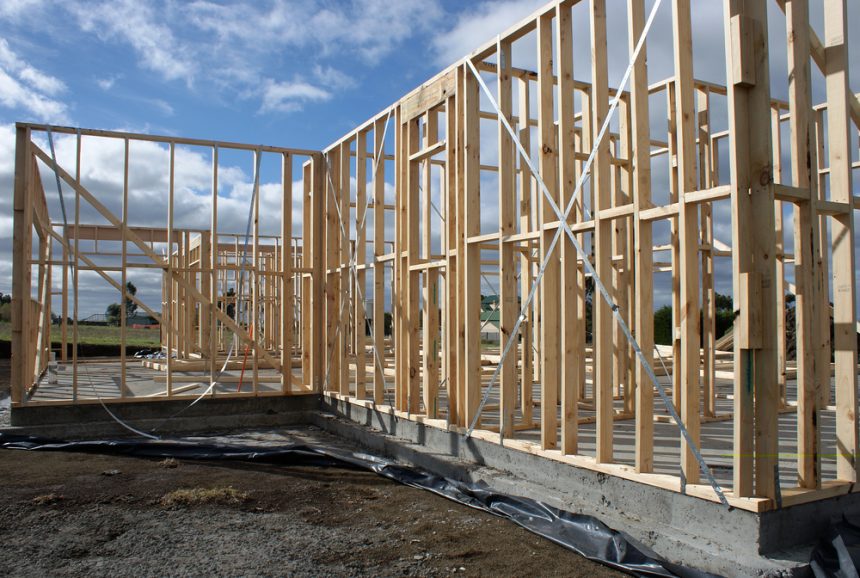Experts are calling on politicians from both sides of the bench to tackle housing supply constraints following another month of declining building approvals.
The latest data from the Australian Bureau of Statistics (ABS) revealed another disappointing month for the Australian housing sector following 2023’s steadily declining housing pipeline.
In January, the total number of dwellings approved fell 1.0 per cent (seasonally adjusted), after a 10.1 per cent fall in December, with private houses falling 9.9 per cent across all states in their fourth consecutive month-on-month dip.
While there was an increase of 14 per cent for high-density dwellings in an effort to ease the housing crisis, there was a substantial drop of 9.6 per cent in approvals for new detached houses – marking the weakest monthly total since June 2012.
According to the Housing Industry Association Chief Economist Tim Reardon, the low volume of approvals throughout 2023 has caused a slow start to home construction in the front half of the year.
“The rise in the cash rate is the primary cause of this slowdown in approvals,” said Mr Reardon.
“Approvals have declined across all jurisdictions, however, there is an increasing divergence among the jurisdictions as the rise in the cash rate falls disproportionately on those markets with higher land costs.”
Master Builders Australia CEO Denita Wawn says Australians will continue to struggle with housing affordability until both political parties make addressing supply constraints a priority.
“Despite the increase in higher density approvals, the volume of new apartments and units remains below historic standards. We need to significantly boost the supply of this housing type to alleviate pressures in the rental market,’ she said in a statement provided to Build-it.
“Whether it’s detached housing or higher density the same constraints apply including planning restrictions, lack of capacity to undertake critical infrastructure so land is home-building ready, high taxes and charges, slow approval processes, and workforce shortages.
“We must ensure that sufficient support is provided to encourage investment in housing development this includes steering clear of any changes to negative gearing and capital gains tax.
“Housing investors remain a significant player in the market, representing 40.3 per cent of new dwelling construction loans during January.”
Approvals can’t keep up with immigration
Without immediate government intervention to right the residential construction ship, the Australian housing crisis is only set to get worse, thanks to last year’s record-high immigration activity.
According to Deputy Executive Director of the Institute of Public Affairs Daniel Wild, government at all levels are “setting Australia up” for an economic and humanitarian disaster.
“The current unplanned migration intake is placing immense pressure on housing and our critical infrastructure, and has not solved our worker shortage crisis,” said Mr Wild.
“Record, unplanned migration has failed to address Australia’s worker shortage crisis, the very thing the federal government uses to justify such rapid increases in intake.
“It is clear this lazy approach to solving worker shortages is not working and there should be a greater focus of getting Australian pensioners, veterans, and students into work.”
Recently released IPA research revealed that 2023 was the first year in Australia’s history that more than one million migrants entered our nation.
Mr Wild said that government migration policy was growing increasingly out of step with what average Aussies wanted as the nation grapples with the housing shortage.
“Polling showed 60 per cent of Australians want migration paused until more housing and infrastructure is built. Only 23 per cent did not want a pause, and 17 per cent unsure,” he said.
“Australia is the world’s most welcoming and tolerant nation, and migration will aways be critical, but it must be planned for and undertaken in a manner that allows us to affordably house both new arrivals and first home buyers alike.”




